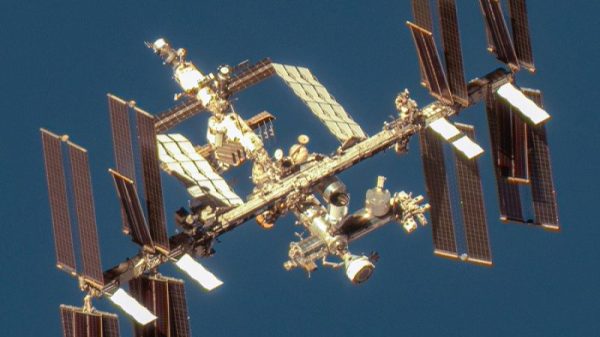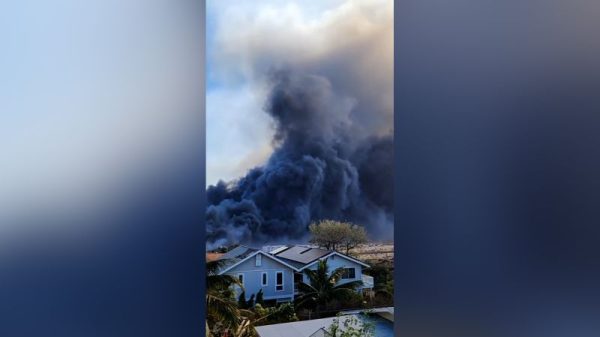Here’s a look at some statistics from Hurricane Katrina.
August 29, 2005
Katrina makes landfall near Grand Isle, Louisiana as a Category 3 storm with winds near 127 mph.
– Severe flooding damage to cities along the Gulf Coast, from New Orleans to Biloxi, Mississippi.
– Numerous failures of levees around New Orleans led to catastrophic flooding in the city.
– About 25,000 storm evacuees were sheltered at the Louisiana Superdome, a sports arena. Wind and water damage to the roof created unsafe conditions, leading authorities to conduct emergency evacuations of the Superdome.
– The total damage from Katrina is estimated to be $125 billion (or $193.8 billion in 2023 dollars), according to the National Oceanic and Atmospheric Administration (NOAA).
Fatalities
NOAA report
– Direct deaths: 520
– Indirect deaths: 565
– Indeterminate cause: 307
– Total number of fatalities: 1,392
In an analysis of 971 fatalities in Louisiana and 15 additional deaths of storm evacuees, 40% of deaths were caused by drowning. 25% were caused by injury and trauma and 11% were caused by heart conditions.
Nearly half the fatalities in Louisiana were people over the age of 74.
Private Insurance Payments
Insurance Information Institute Report
Insurance companies have paid an estimated $41.1 billion on 1.7 million different claims for damage to vehicles, homes, and businesses in six states. Nearly 56% of the losses occurred in Louisiana and nearly 30% occurred in Mississippi.
By 2007, 99% of the 1.2 million personal property claims had been settled by insurers.
National Flood Insurance Payments
The National Flood Insurance Program paid out $16 billion in claims.
June 2006 – The Government Accountability Office releases a report that concludes at least $1 billion in disaster relief payments made by FEMA were improper and potentially fraudulent.
Impact on the Gulf Coast
More than one million people in the Gulf region were displaced by the storm. At their peak, hurricane relief shelters housed 273,000 people. Later, approximately 114,000 households were housed in FEMA trailers.
During the first ten years after the storm, FEMA provided more than $15 billion to the Gulf states for public works projects, including the repair and rebuilding of roads, schools and buildings. The agency also provided $6.7 billion in recovery aid to more than one million people and households.
The majority of all federal aid, approximately $75 billion of $120.5 billion, funded emergency relief operations.
Impact on New Orleans
The population of New Orleans fell from 484,674 in April 2000 to 230,172 in July 2006, a decrease of over 50%. By 2022, the estimated population had increased to 369,749, according to the Census.
70% of New Orleans’ occupied housing, 134,000 units, were damaged in the storm.
Hurricane Katrina: Then and now







































